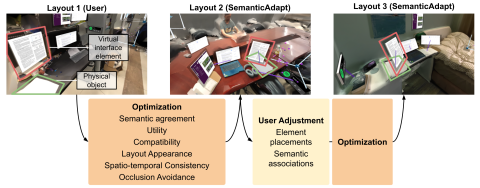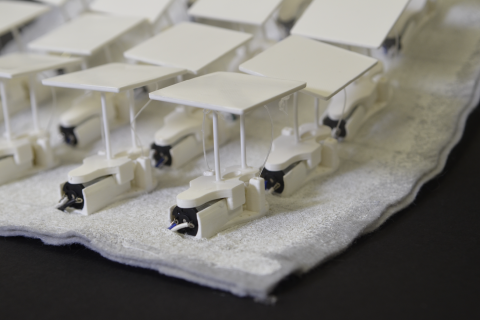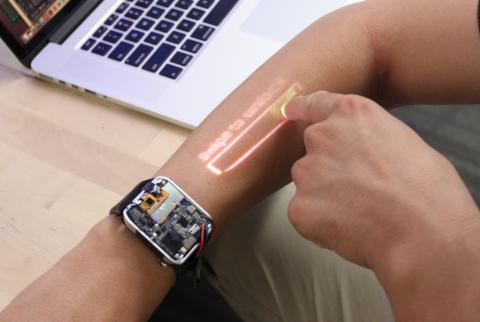Ubiquitous Computing
In the early days of personal computing, the computer was a standalone desktop machine and a person had to directly interact with it. But in the 1980s, a new vision for computing was emerging.
What if computing could be integrated into the everyday life environment so seamlessly that it becomes ubiquitous? The term ubiquitous comes from a Latin word meaning “everywhere” and today this idea of pervasive computing is no longer far fetched.
We have come a long way since CMU grad students connected their Coke machine to ARPANET in 1982 – an event that occurred before the terms “ubiquitous computing” and the “internet of things” (IoT) were coined in ‘88 and ‘99 respectively. Now we are blending technology into everyday objects in many ways – adding sensors to make things context aware, connecting a variety of devices to the internet, and using AI and ML to create personalized experiences. However, as technical advancements allow for more “smart” items in our lives (wearable health trackers, smart homes and smart cities to name a few), look for continued work in the related HCI areas of user experience design, data privacy and ethics.
Students who want to learn more about ubiquitous computing and HCI might be interested in the following course:

Towards Understanding Diminished Reality
PROJECTDiminished reality (DR) refers to the concept of removing content from a user's visual environment. While its implementation is becoming feasible, it is s...

SemanticAdapt
PROJECTWe present an optimization-based approach that automatically adapts Mixed Reality (MR) interfaces to different physical environments. Current MR layouts, ...

ReCompFig
PROJECTFrom creating input devices to rendering tangible information, the field of HCI is interested in using kinematic mechanisms to create human-computer inter...
-

SMASH Lab Uses Wearables To Train New Privacy-Preserving Sensors
NEWSData about home sales likely won't help someone looking for a car, just like information about basketball won't help someone playing baseb...

LumiWatch
PROJECTWhile smartwatches are convenient, there is a limit to their functionality due to their small interfaces. Enter LumiWatch. ...
-

HCII at UIST 2016
NEWSThe Human-Computer Interaction Institute had a strong showing at this year's ACM Symposium on User Interface Software and Technology (UIST...
Sensor Data Mining and Wearable UI/UX
PROJECTOur research in sensors and machine learning techniques seeks to improve HCI experience by developing objective and near real-time methods for recognizing...
Pediluma
PROJECTPediluma is a shoe accessory designed to encourage opportunistic physical activity. It features a light that brightens the more the wearer walks and slowl...

